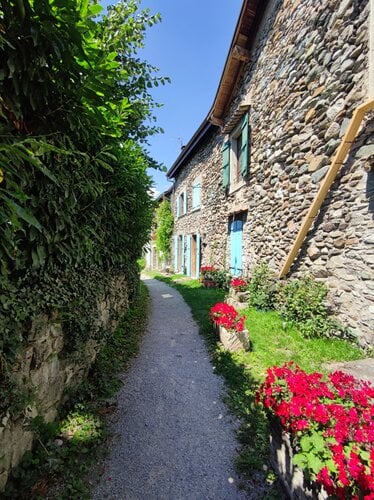Question
Planning regulations state that a wall or fence at the rear of a property requires planning permission if it is to be more than 2m in height. Does this refer to the internal or external height of a boundary, or to the higher or lower of these?
To illustrate, the ground level at the rear of my house slopes downward and the garden is set at a higher level than the laneway behind. Standing outside the rear wall it is 2m high, but standing inside it is only 1.4m high, with the effect that taller people and objects near the boundary on the inside are clearly visible to those on the other side.
Do the regulations mean that the wall can’t be raised higher without planning permission, or is it permissible to raise it another 60cm so that the internal height becomes 2m, and the external height 2.6m?
Answer
Class 5, Part 1 of Schedule 2 of the Planning and Development Regulations 2001, as amended, provides that the construction of a wall or fence within or bounding the curtilage of a house is exempted development, subject to certain limitations, including that such wall or fence does not exceed 2m, or in the case of a wall or fence within or bounding any garden or other space in the front of a house, 1.2m.
This provision only allows a wall or fence to be constructed on lands bounding or within the curtilage of the dwelling. This provision is open to interpretation, and its intention is unclear in circumstances where there are varying ground levels outside the curtilage of the dwelling.
The most likely interpretation from the planning authority, or An Bord Pleanála on referral, is likely to be that the height of the structure cannot exceed 2m when measured from the ground level outside the site, ie the lower level. This interpretation may be taken in the interests of protecting neighbouring amenities.
It would be possible to seek a “Section 5” Declaration to ask for a determination from the council as to whether raising the height of the wall is exempted development. Section 5 of the Planning and Development Act 2000, as amended, states that if any question arises as to what, in any particular case, is or is not development or is or is not exempted development within the meaning of this Act, any person may, on payment of a fee of €80, request in writing from the relevant planning authority a declaration on that question.
It should also be noted that Articles 6 and 9 of the Planning and Development Regulations 2001, as amended, provide for specific cases where exempted development provisions provided under Schedule 2 of the Regulations will not apply, eg where the proposal would contravene the condition of a planning permission, would cause a traffic hazard, etc. These provisions should be examined in respect of the proposal.
John Spain is a member of the Society of Chartered Surveyors Ireland (SCSI) Planning & Development Professional Group

